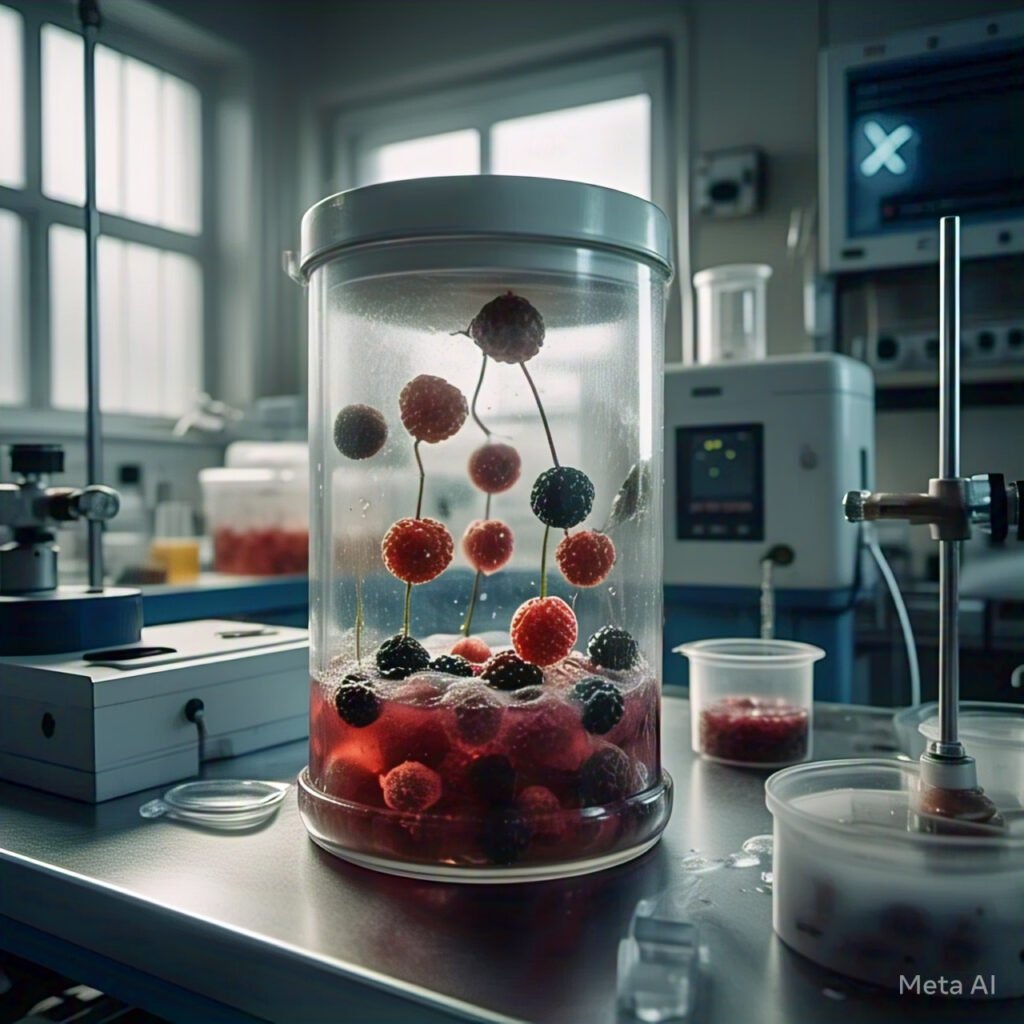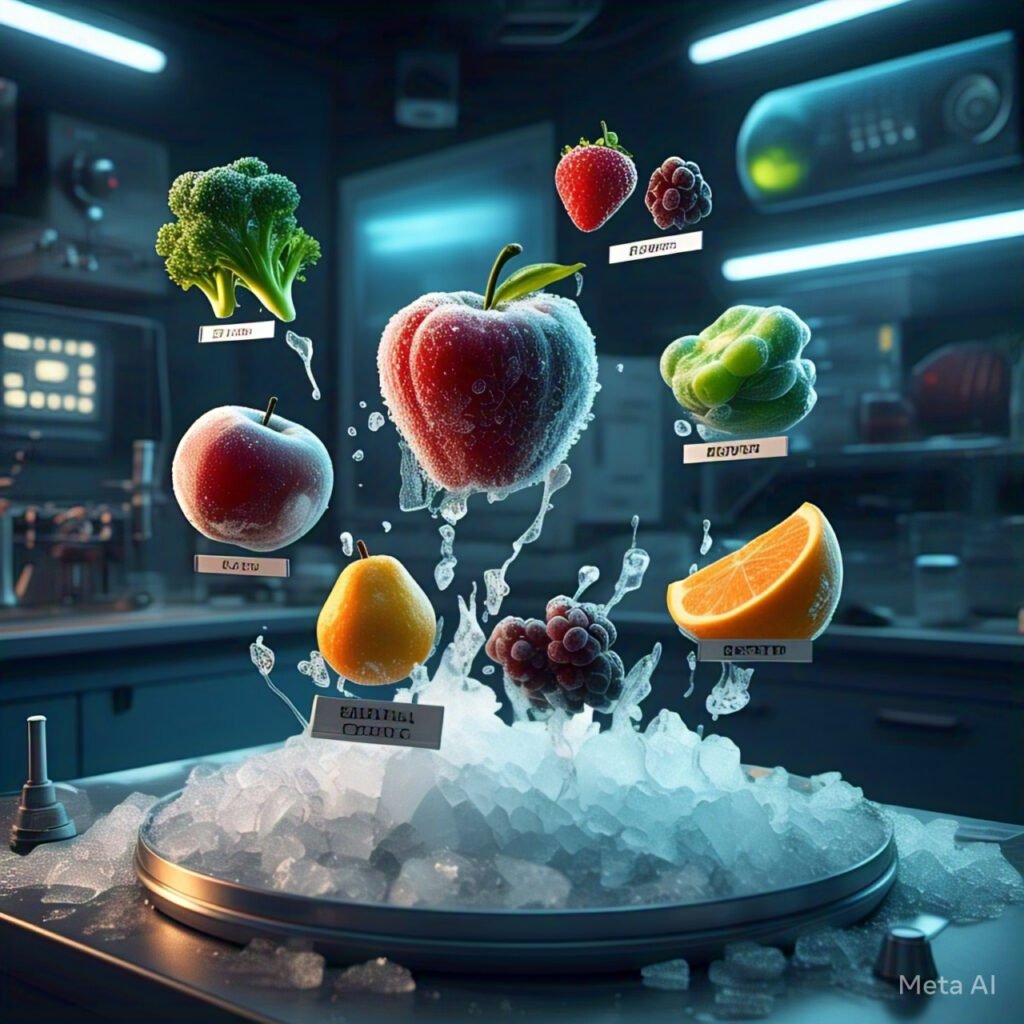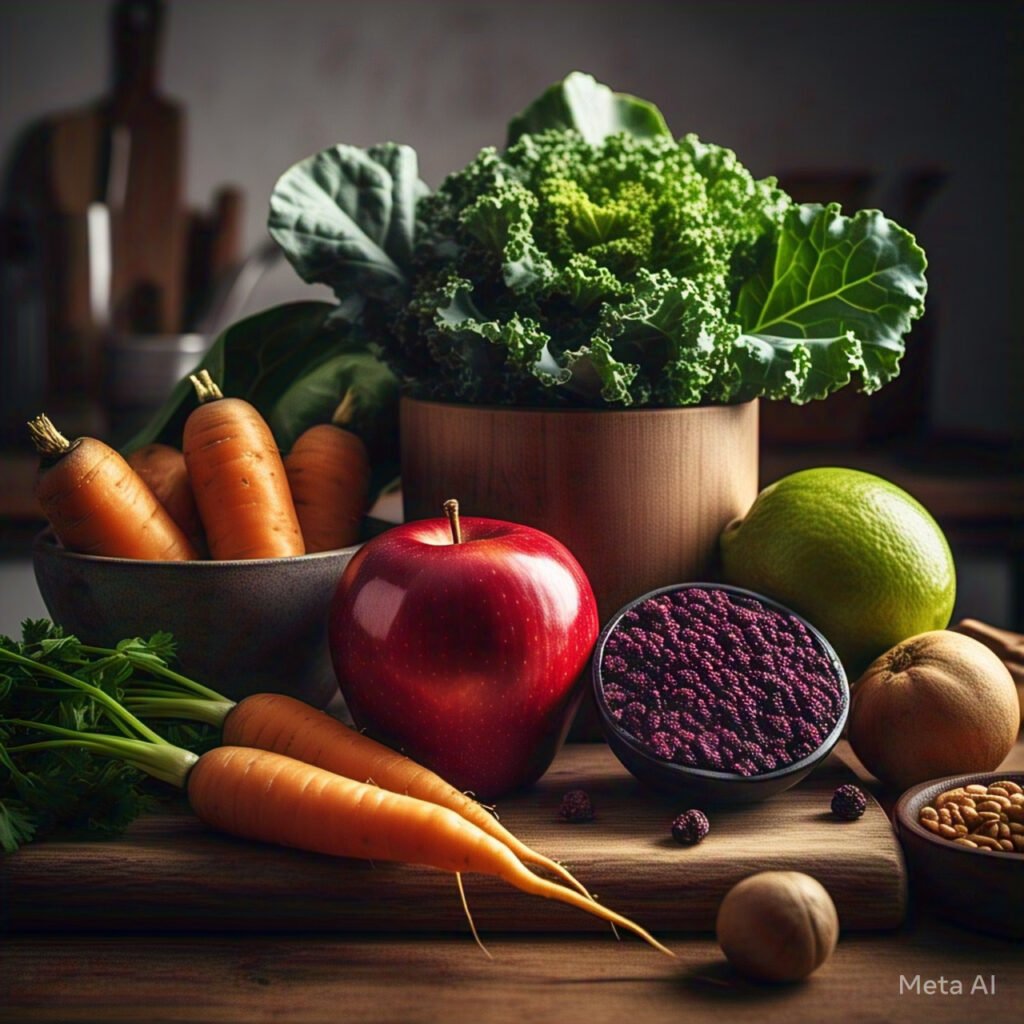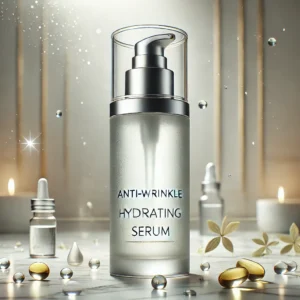Cryopreservation in superfoods refers to the process of preserving the nutritional value and freshness of superfoods through freezing at very low temperatures. The goal is to extend the shelf life of these foods while maintaining their high levels of vitamins, antioxidants, and other health-promoting compounds.Here’s how it works:

Freezing:
The food is frozen at temperatures typically below -18°C, which slows down the growth of microorganisms and halts enzymatic processes that could degrade the food.Packaging: Superfoods are often vacuum-sealed or packaged in a way that reduces exposure to air, preventing freezer burn and oxidation.

Preservation:
As the superfood remains frozen, its nutrients are preserved for longer periods compared to fresh produce, which can lose vital nutrients over time due to exposure to light, heat, and air.Common superfoods that undergo cryopreservation include: Berries (blueberries, raspberries, etc.), which are rich in antioxidants.Leafy greens (like spinach and kale), which are packed with vitamins A and C.Acai berries, widely known for their antioxidant properties.Chia seeds and other nutrient-dense foods.

Cryopreserved superfoods are popular in smoothies, health supplements, and even as standalone ingredients in frozen meals. The advantage of cryopreservation over traditional freezing is that it minimizes the loss of nutrients, texture, and taste, allowing consumers to enjoy the health benefits of superfoods year-round.






